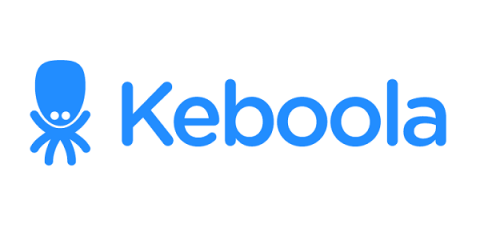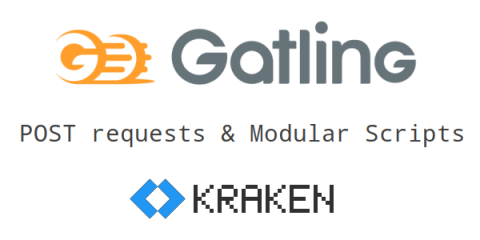Systems | Development | Analytics | API | Testing
%term
How to use Test Reports add-on for mobile apps
Ruby Garbage Collection: More Exciting than it Sounds
Running software uses computer memory for data structures and executable operations. How this memory is accessed and managed depends on the operating system and the programming language. Many modern programming languages manage memory for you, and Ruby is no different. Ruby manages memory usage using a garbage collector (also called gc). In this post, we’ll examine what you, a Ruby developer, need to know about Ruby’s gc. Use the links below to skip ahead in the tutorial.
Jenkins and Kubernetes: The Perfect Pair
As the world is adapting to new and unforeseen circumstances, many of the traditional ways of doing things are no longer. One significant effect of this is that the world has gone almost completely virtual. Whether it’s Zoom happy hours and family catch ups or virtual conferences, what used to be in-person has digitized.
6 Reasons to Use API Management in the Age of Loosely-Coupled App Design
Apache YuniKorn (Incubating) 0.8 release: What's new and upcoming?
Apache YuniKorn (Incubating) is a standalone resource scheduler that aims to bring advanced scheduling capabilities for Big Data workloads onto containerized platforms. Please read YuniKorn: a universal resources scheduler to learn about the rationale and architecture. Since the time of our last post, we are delighted to update that YuniKorn was accepted by the Apache incubator in Jan 2020!
How Customer Success helped take a SaaS company from Niche to Visionary in just 3 years
It was three years ago, just after the Gartner Magic Quadrant (MQ) came out, that everything in customer success changed at Yellowfin. We had made it into the MQ again but we weren’t positioned where we believed we should be. We were a product-driven company that had been first to market for many of the functionalities that have since become expected in what BI vendors offer today.
The Ultimate Guide to Data Cleaning
While digging through data, Anna spots an interesting trend - some customers buy 3 times more than others. A segment of super-high spenders? This could make it rain for the company! She rushes to her boss, to show them the data, only to hear: “Yeah, I know. We have a bug, which inserts every order three times in the database. Were you not paying attention during our daily meeting?” Aw-kward.
Gatling: Loops, Conditions and Pauses
This blog post is a guide to help you write Gatling scripts in order to load test web applications efficiently. It follows our second Gatling Simulation scripts parameterization article. We will continue to load test a fake e-commerce, and so we are going to improve our Virtual User to make it browse the store in a more humanly way. We start where the previous blog post ended, with a simulation script that uses a CSV feeder and a Regular Expression extractor to visit dynamic pages of the pet store.
Reasons Why Test Data Management (TDM) is Important
To quote the study, “For every USD 14 million delivery by the software development and QA team, a hidden USD 3 million was being spent on data management.











